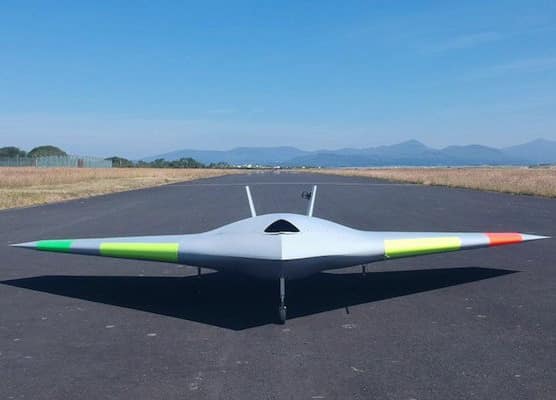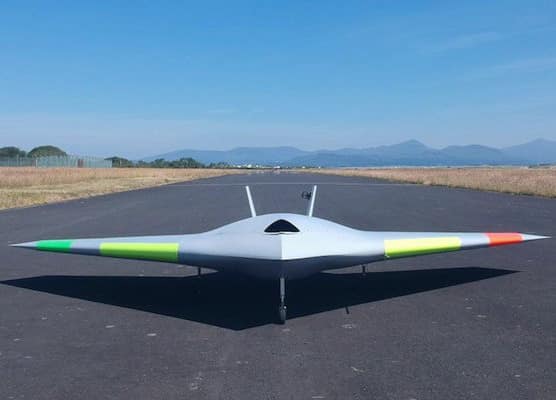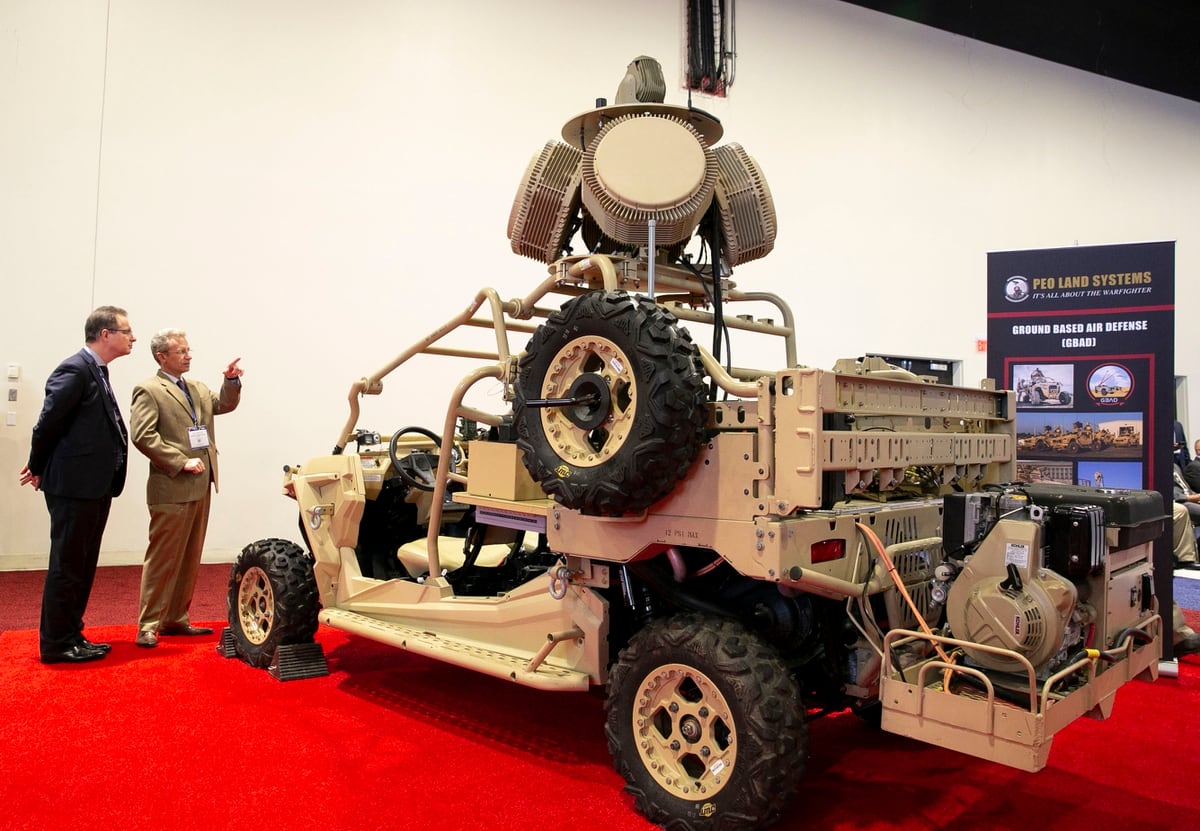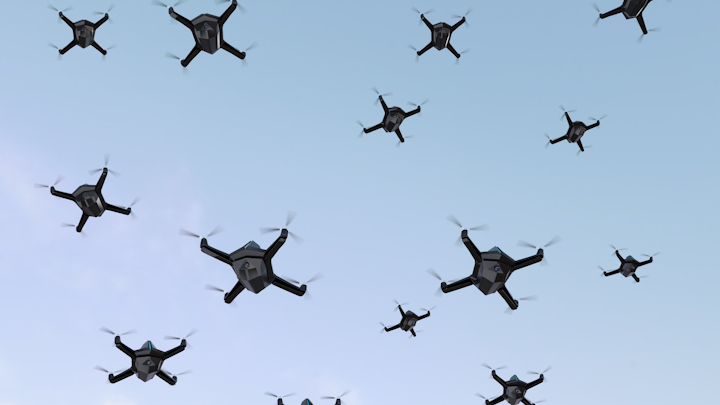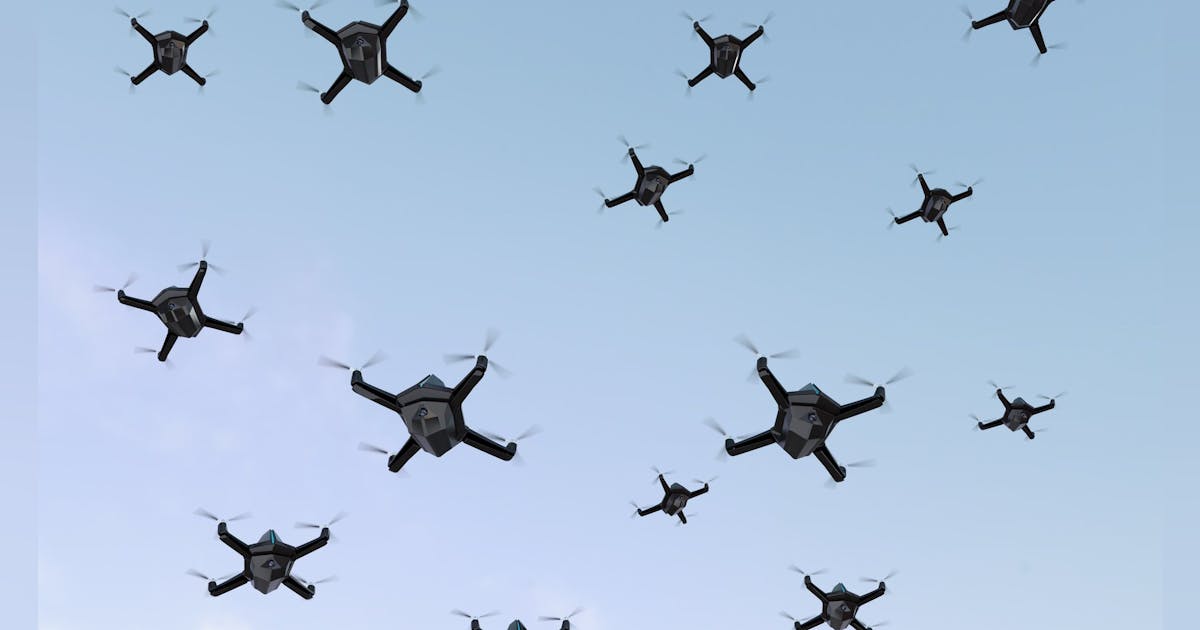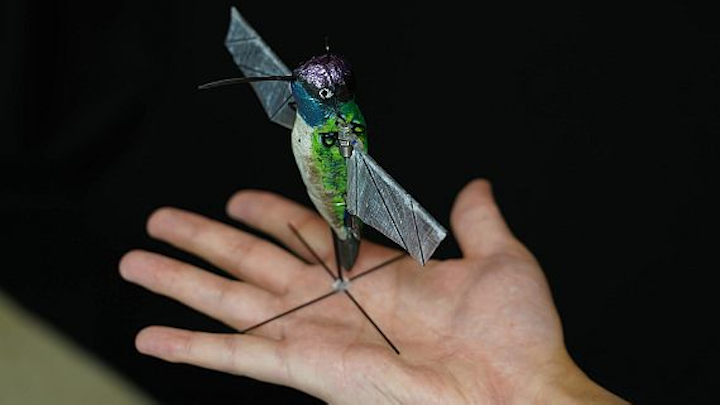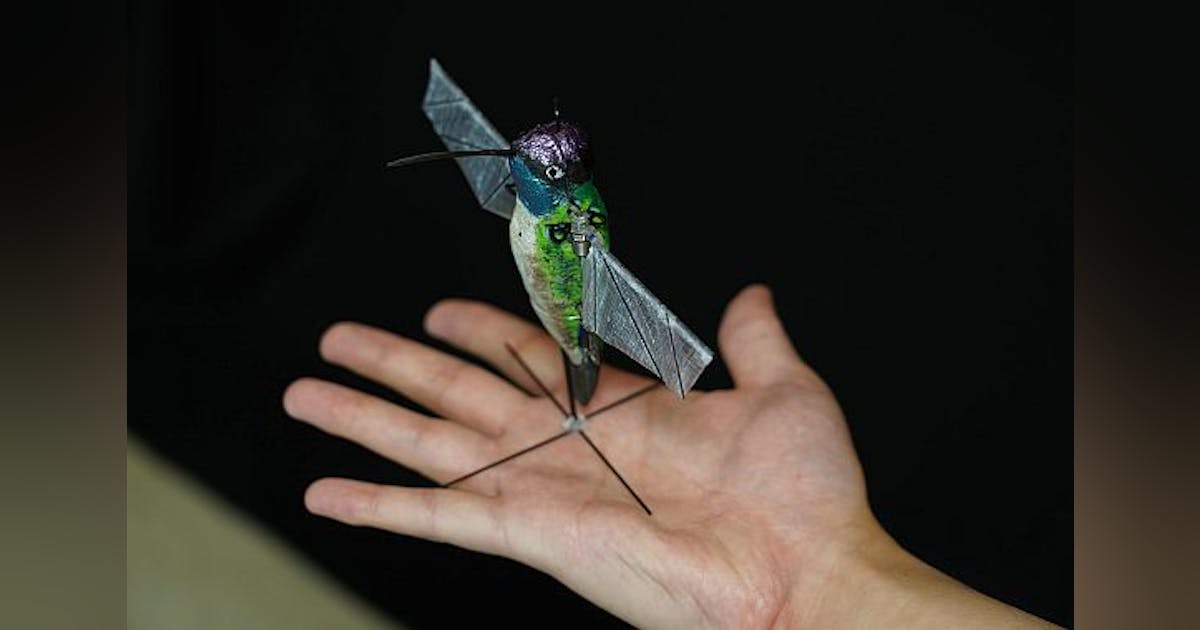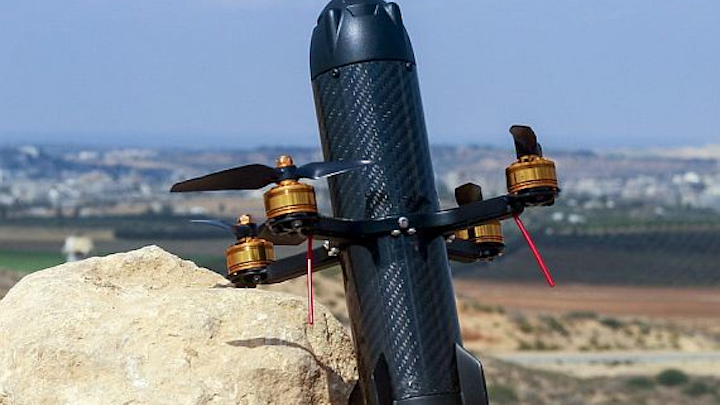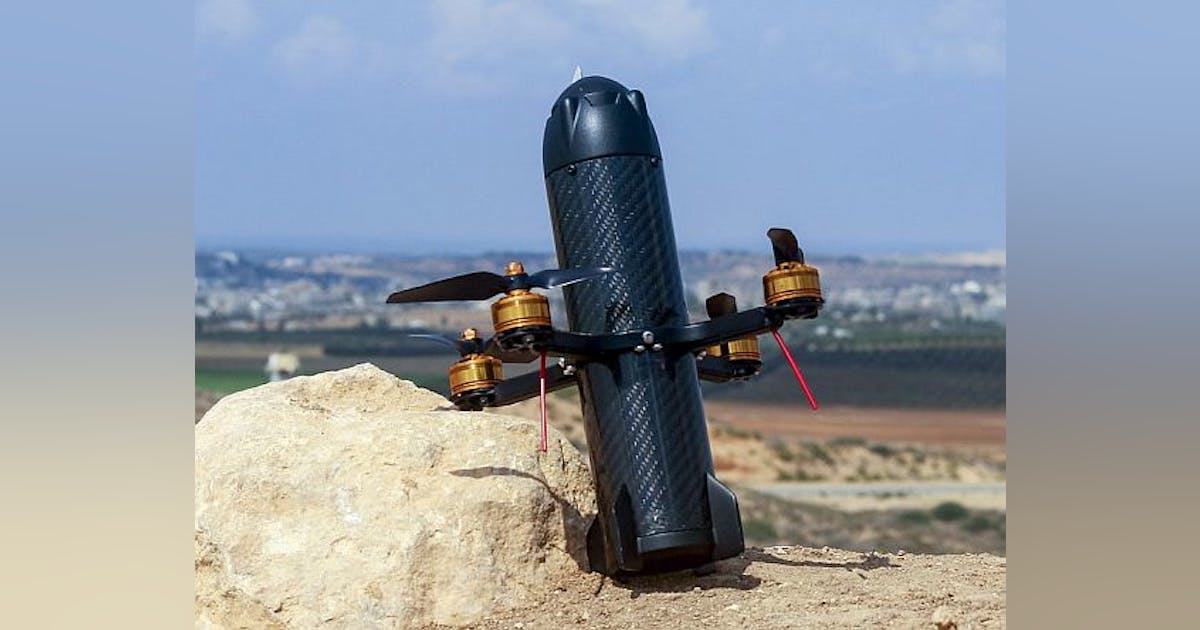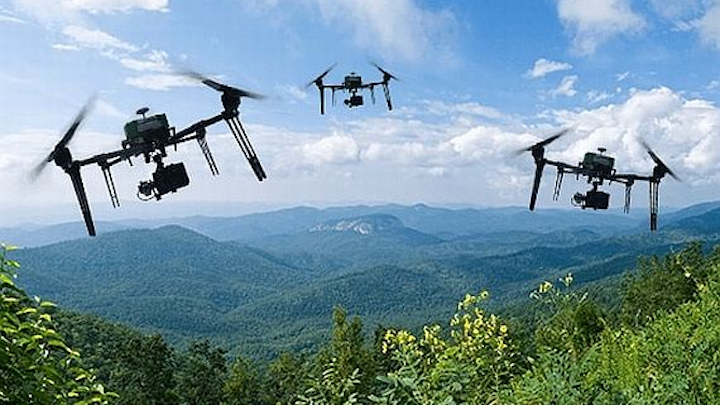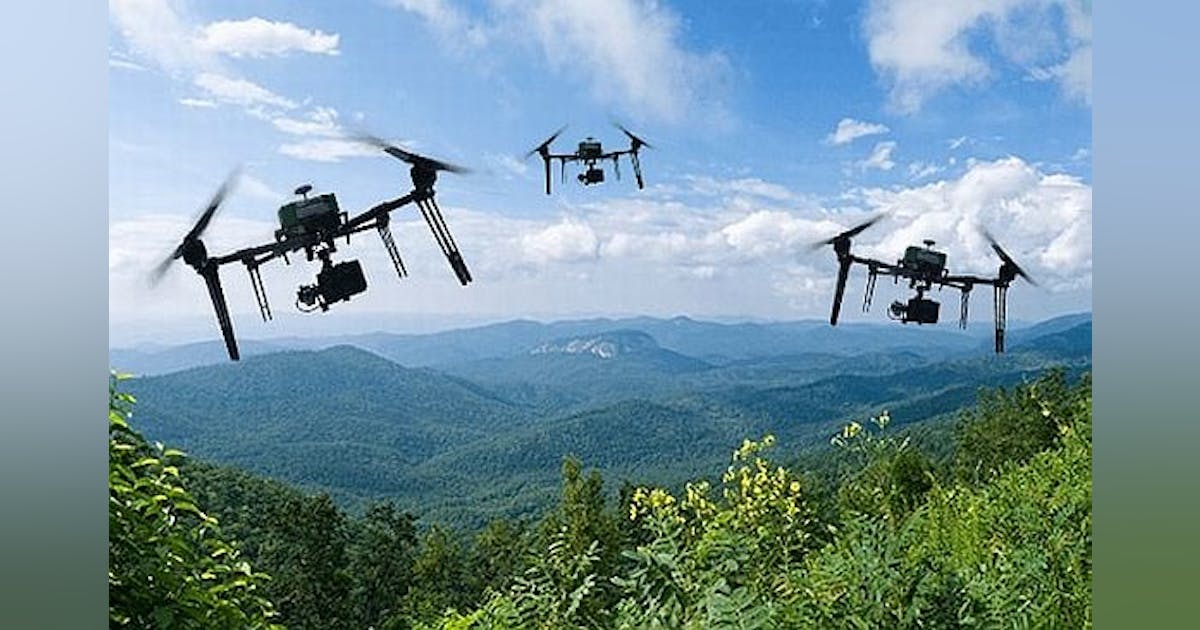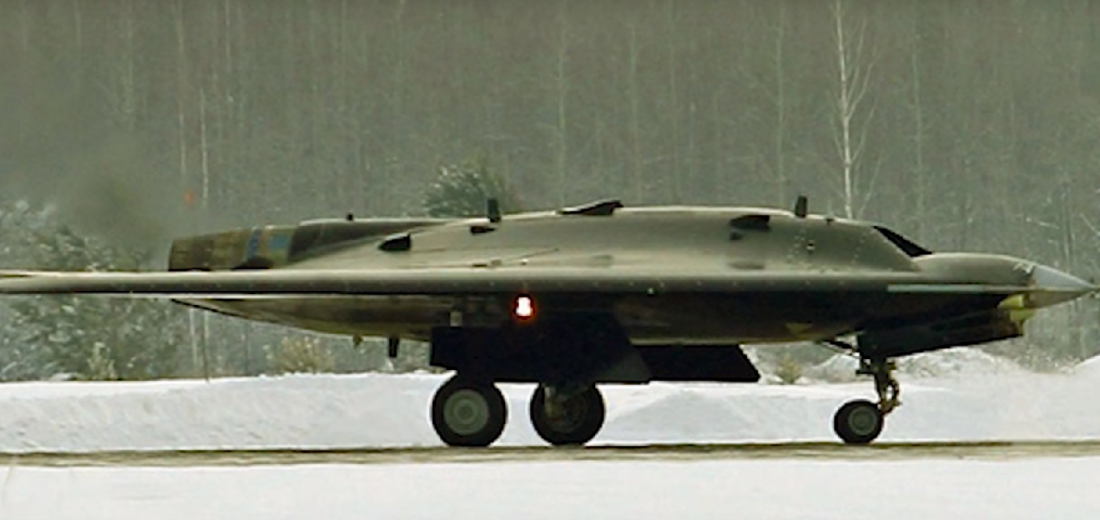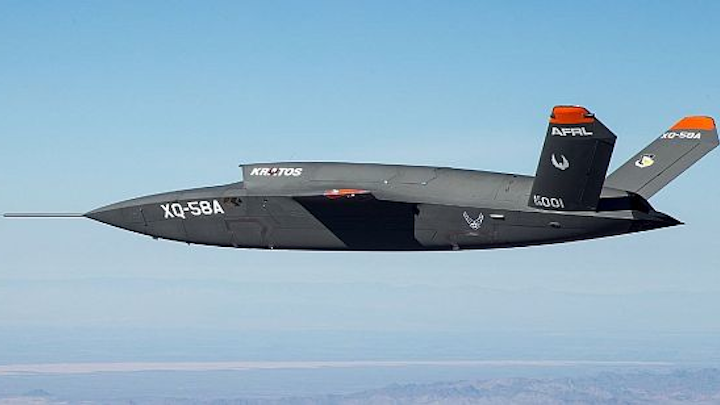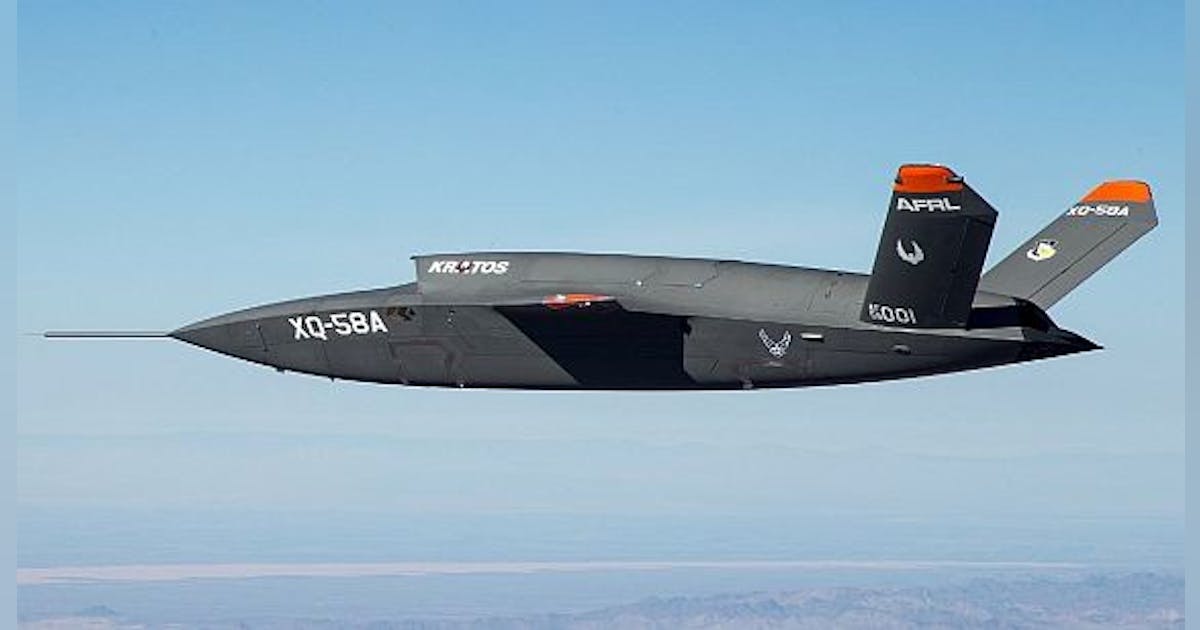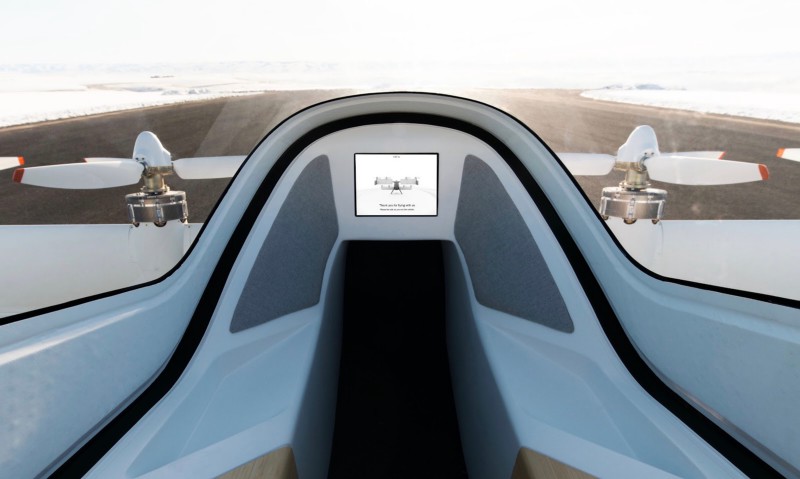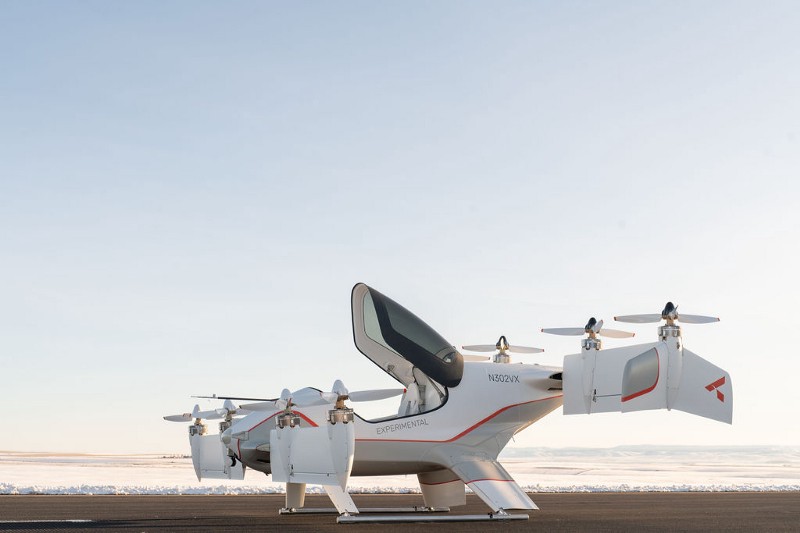APRIL 30, 2019
Boeing's MQ-25 refueling drone moved to air base for flight testing
By Allen Cone
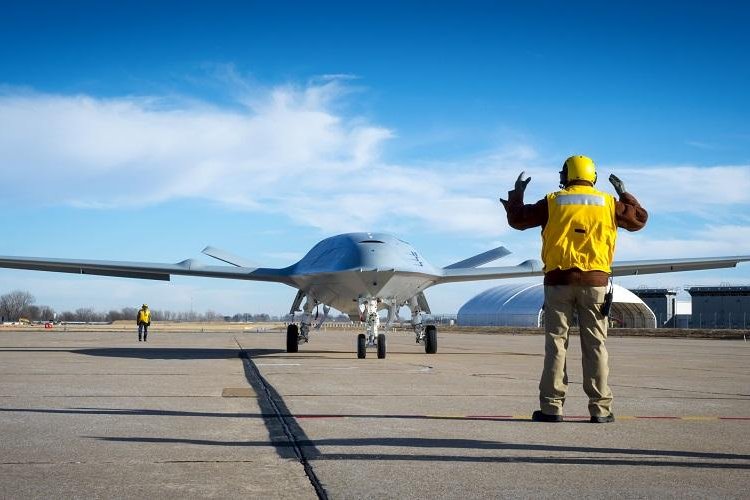
Boeing’s MQ-25 unmanned aerial refueler, known as T1, was tested at Boeing’s St. Louis site. Photo by Eric Shindelbower/Boeing
April 30 (UPI) -- Boeing's prototype MQ-25 unmanned aerial refueling drone is so huge it needed help from government agencies in Missouri and Illinois to move 40 miles.
With assistance from law enforcement in both states, a truck carried the aircraft -- which is the size of an F/A-18 Super Hornet fighter -- from Boeing's technical plant at St. Louis's Lambert International Airport across the Mississippi River to MidAmerica St. Louis Airport, a small regional airport next to Scott Air Force Base in rural Illinois.
The semi traveled on side roads and at 5-10 mph for much of the trip Sunday night, KDSK-TV reported. Temporary road closures were in Edwardsville, Marine and Lebanon as the jet moved through.
The plane arrived before 6 a.m. Monday, KMOV-TV reported.
The regional airport is in less crowded airspace, which "gives us some flexibility in how we can fly," Dave Bujold, the Boeing program manager overseeing drone project, told The Drive.
Boeing plans to test fly the MQ-25 Stingray, known as known as T-1 or "Tail 1," before the end of the year. But first it must pass ground taxiing tests and the Federal Aviation Administration must certify the aircraft and grant clear airspace for it to fly. Ground control stations are being installed at the airport.
The Boeing test aircraft later will undergo testing on the East Coast. The Navy will also hoist it onto an aircraft carrier for deck handling testing.
"By the time the Navy's assets are jumping in the air, we will already have had thousands of test hours on the ground and hundreds in the air," Bujold said.
The first Navy aircraft is scheduled to fly in fiscal year 2021.
Last August, Boeing was awarded a $805 million contract to build four aircraft for the U.S. Navy.
The drones, which won't carry weapons, will be based on aircraft carriers to refuel other aircraft mid-flight, including the Boeing F/A-18 Super Hornet, Boeing EA-18G Growler and Lockheed Martin F-35C fighters.
"The MQ-25 program is vital because it will help the U.S. Navy extend the range of the carrier air wing, and Boeing and our industry team is all-in on delivering this capability," Bujold said.
Curtiss-Wright's Defense Solutions, which has been a Boeing contractor for 60 years, announced last week it has been awarded a contract by Boeing to supply data technology systems for the program.
Boeing's MQ-25 refueling drone moved to air base for flight testing
Boeing's MQ-25 refueling drone moved to air base for flight testing
By Allen Cone

Boeing’s MQ-25 unmanned aerial refueler, known as T1, was tested at Boeing’s St. Louis site. Photo by Eric Shindelbower/Boeing
April 30 (UPI) -- Boeing's prototype MQ-25 unmanned aerial refueling drone is so huge it needed help from government agencies in Missouri and Illinois to move 40 miles.
With assistance from law enforcement in both states, a truck carried the aircraft -- which is the size of an F/A-18 Super Hornet fighter -- from Boeing's technical plant at St. Louis's Lambert International Airport across the Mississippi River to MidAmerica St. Louis Airport, a small regional airport next to Scott Air Force Base in rural Illinois.
The semi traveled on side roads and at 5-10 mph for much of the trip Sunday night, KDSK-TV reported. Temporary road closures were in Edwardsville, Marine and Lebanon as the jet moved through.
The plane arrived before 6 a.m. Monday, KMOV-TV reported.
The regional airport is in less crowded airspace, which "gives us some flexibility in how we can fly," Dave Bujold, the Boeing program manager overseeing drone project, told The Drive.
Boeing plans to test fly the MQ-25 Stingray, known as known as T-1 or "Tail 1," before the end of the year. But first it must pass ground taxiing tests and the Federal Aviation Administration must certify the aircraft and grant clear airspace for it to fly. Ground control stations are being installed at the airport.
The Boeing test aircraft later will undergo testing on the East Coast. The Navy will also hoist it onto an aircraft carrier for deck handling testing.
"By the time the Navy's assets are jumping in the air, we will already have had thousands of test hours on the ground and hundreds in the air," Bujold said.
The first Navy aircraft is scheduled to fly in fiscal year 2021.
Last August, Boeing was awarded a $805 million contract to build four aircraft for the U.S. Navy.
The drones, which won't carry weapons, will be based on aircraft carriers to refuel other aircraft mid-flight, including the Boeing F/A-18 Super Hornet, Boeing EA-18G Growler and Lockheed Martin F-35C fighters.
"The MQ-25 program is vital because it will help the U.S. Navy extend the range of the carrier air wing, and Boeing and our industry team is all-in on delivering this capability," Bujold said.
Curtiss-Wright's Defense Solutions, which has been a Boeing contractor for 60 years, announced last week it has been awarded a contract by Boeing to supply data technology systems for the program.
Boeing's MQ-25 refueling drone moved to air base for flight testing



